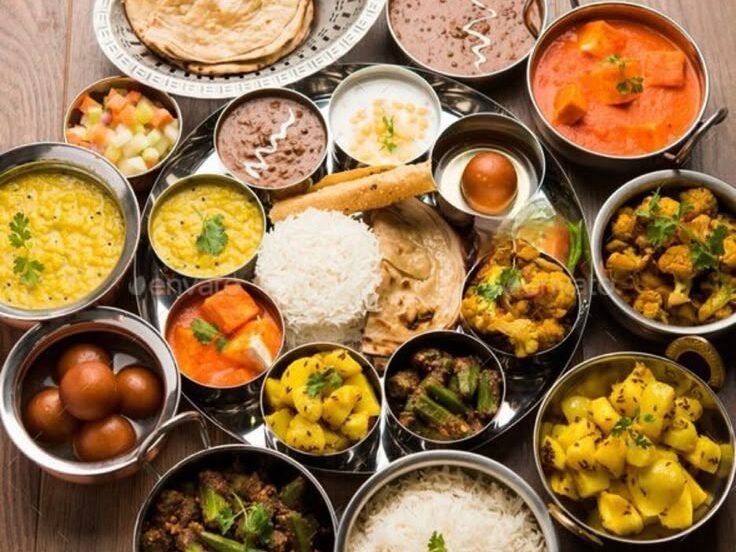
A Taste of Tradition – Flavors That Tell Storie
1. Flavors Beyond the Plate
Savor flavors that tell centuries-old stories. Every dish we taste carries more than ingredients—it carries memories. Food connects us to our roots, to people we’ve never met, and to lands we’ve never visited. One bite can transport us through time, back to the kitchens of our ancestors or the streets of ancient towns. Whether prepared with love at home or picked up from a bustling vendor, food is a form of storytelling that everyone understands.
2. Street Food: Culture in Every Bite
Street food is often underestimated. It’s quick, cheap, and eaten on the go—but it’s also a living museum of flavor. Walk down a busy street and you’ll hear oil popping, grills sizzling, and vendors calling out. What seems like a simple snack—wrapped in paper or served on a stick—is actually full of heritage.
Each bite tells us about the place: the spices that grow there, the trade routes that passed through, the cultures that merged and blended. Recipes aren’t written down—they’re passed by memory. Generations have stood behind the same stall, making the same dish, keeping their history alive through food. It’s a bite-sized piece of the culture, cooked with pride and served with heart.
3. Heritage Feasts: Food from the Heart
At the other end of the food journey are heritage meals—those long-prepared, rich-in-flavor dishes passed down from grandparents and great-grandparents. These meals aren’t made in a rush. They simmer slowly, absorbing stories as much as spices. They appear at festivals, holidays, family reunions—times when people come together to share not just food, but life.
The beauty of these dishes lies in their details: the hand-ground spices, the exact moment to flip the flatbread, the family secret that makes a sauce perfect. And they don’t just fill you up—they comfort you. They carry the warmth of a grandmother’s hands, the pride of tradition, and the deep feeling of home.
4. Food as a Universal Language
Food is one of the few things that brings people together, no matter their background. We may not speak the same language or share the same customs, but we all understand a good meal. Around the table, differences disappear. Laughter flows. Stories are told. Food builds bridges between generations, cultures, and strangers.
To offer someone a meal is to offer connection. It’s a welcome, a gesture of care. Whether it’s tea in a village or a three-course meal in a city, food says: “You belong here.”
5. Every Bite Holds a Story
The next time you taste something new, pause for a moment. Ask yourself: where did this come from? What hands made it? What traditions shaped it? You might discover that the meal in front of you is more than food—it’s history. It’s survival, celebration, family, migration, creativity, and love.
Food isn’t just what we eat. It’s how we remember, how we celebrate, and how we pass on who we are. Every bite holds a story—and the more we savor, the more we understand.
